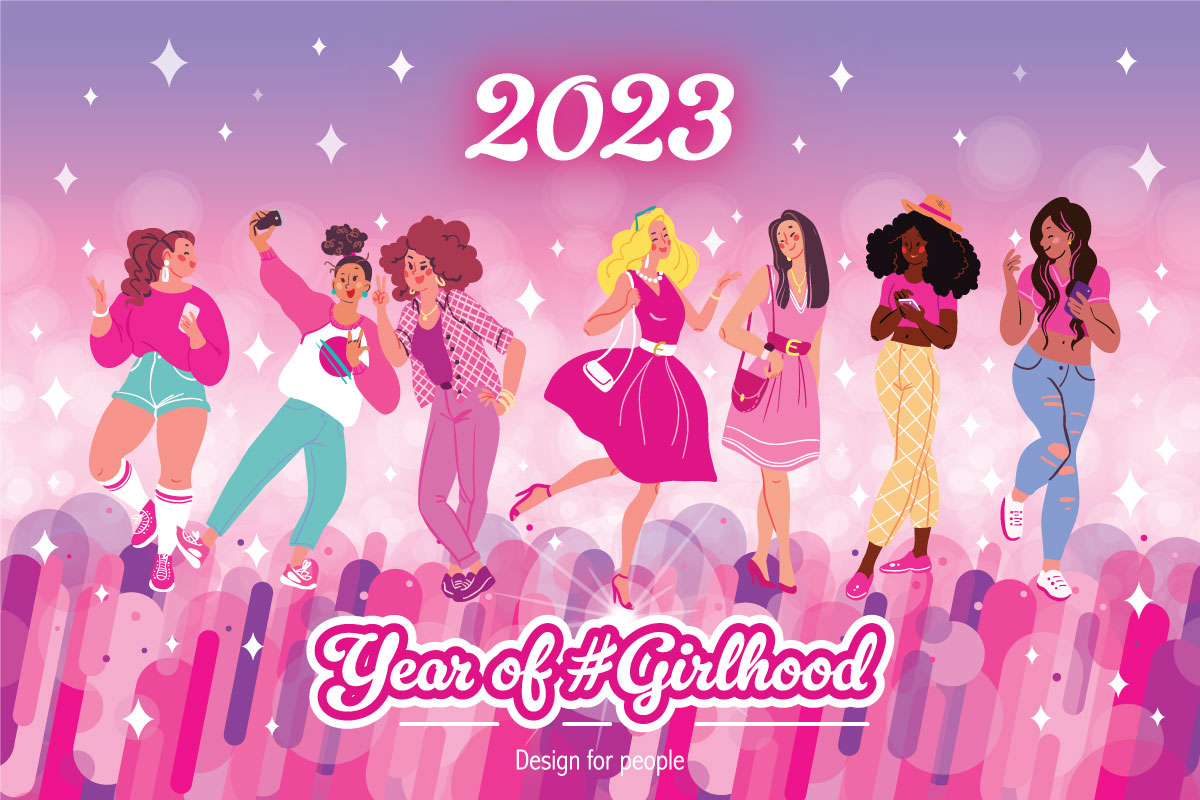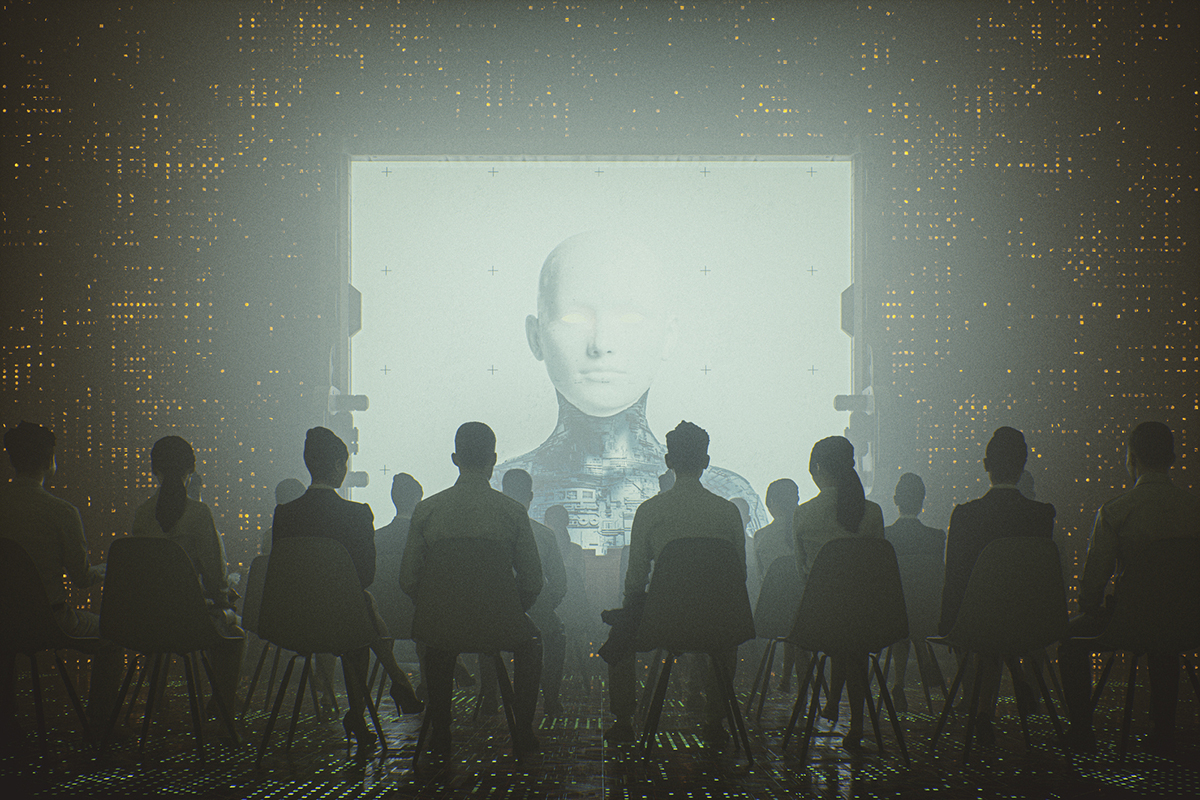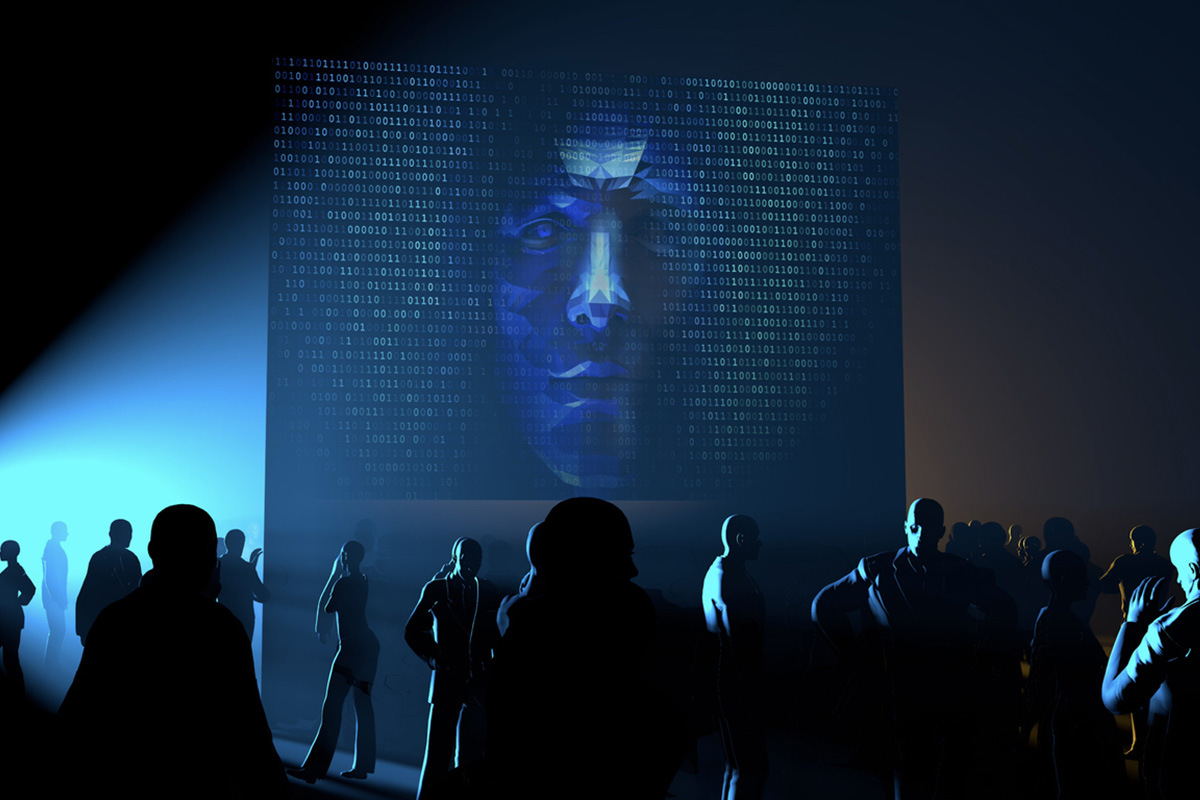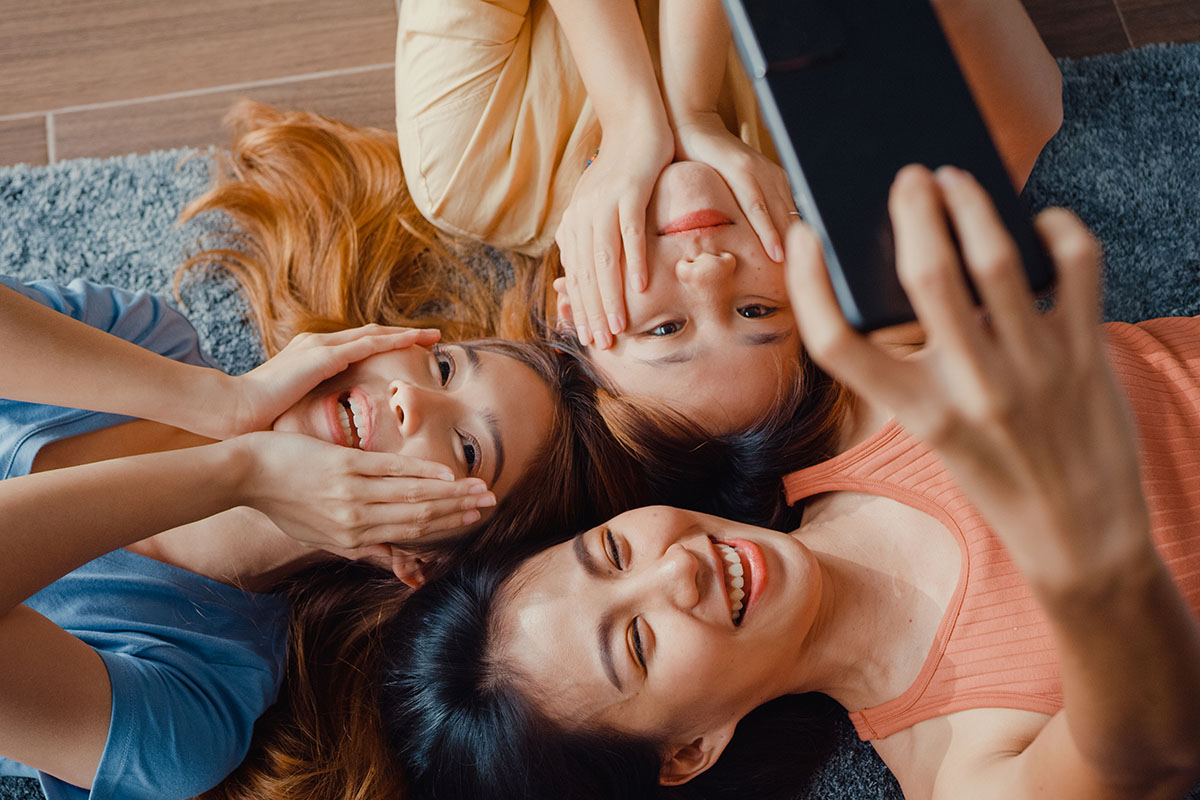The Power of Women in 2023
By Kayla Kelly and Caroline Hunter
The Year of #Girlhood
It’s no secret that this year women have taken the entertainment industry by storm. The year of 2023 welcomed Greta Gerwig’s Barbie, Taylor Swift’s The Eras Tour, Sofia Coppola’s Priscilla, and Beyoncé’s Renaissance World Tour, and they, amongst many others, have catapulted the cultural discussion into addressing the importance of female representation in media and entertainment. Women artists have even taken over the recent 2024 Grammy nominations, with almost unprecedented amounts of female singers and artists being nominated – the coveted Album of the Year category only included one male artist. The impact of these female-led trends seen throughout multiple industries emphasizes the existence of a significantly under-served market within the entertainment industry as a whole, even though women actually hold more buying power in these markets. According to CNN, “Women control or influence over 80% of consumer spending. The secret is how to tap into that.”
The year of 2023 has ignited a larger conversation, and a sense of growing optimism, surrounding the necessity for women to be able to occupy spaces and industries historically led by men – and above all, it is bringing to light the spending power that women have always held. Taylor Swift’s Eras tour not only created a larger sense of community for women, but the economic boost to businesses in the cities she’s visited has proven that markets catered to women are both profitable and necessary. Kristina Chiappetta, executive strategy director at Landor & Fitch, as quoted by CNN, said, “I think what we’re seeing right now is that women are not to be underestimated. They lift up economies and that impact is not to be overlooked. But brands haven’t been talking to them in their language for a really long time.”
Forever Swifties
In late July, I drove from Montana to Seattle to see Ms. Taylor Swift perform live during her Eras tour, where I experienced the sparkliest spectacle I have ever witnessed in my life, and where her enthusiastic fans (often referred to as “Swifties”) literally caused record-breaking seismic activity from their ecstatic jumping and dancing, in what is now referred to as the “Swift Quake.”
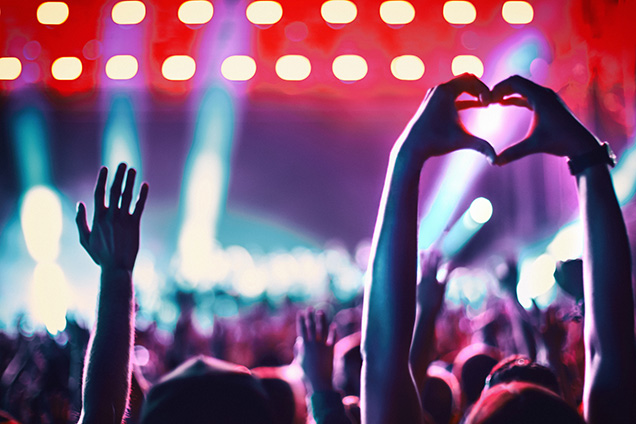

Just shy of a week later, I had the chance to see the Barbie movie in my local theater. The feelings of community these two events elicited from me, and countless other women, were sublime. Not only was the cultural impact immensely powerful, but according to The Washington Post, Swift herself was able to boost the U.S. economy by an astonishing $5.7 billion dollars throughout the U.S. leg of her 2023 Eras tour. Above all, artists like Swift and Gerwig have created a space where women are able to gather together, surrounded by other women. This is an empowering and vital experience for young and underrepresented women, with an economic and social potential only now becoming recognized.
Lyrical geniuses like Taylor Swift and performance powerhouses like Beyoncé have created spaces where people who identify as women can experience their empowering music, surrounded by thousands of others who also share in, and add to, the overwhelming sense of empowerment. These women are not only entertainers and artists, but true role models to a growing new generation of women who will soon be fighting alongside each other for representation in all kinds of industries. We have seen that there is a huge need for the feelings of women and girls to be taken seriously. Chiappetta, as quoted by CNN, said, “I think what’s really powerful when you watch the Barbie movie or read or listen to Taylor Swift lyrics is it expresses the full multi-dimensional experience of being a woman today. And that’s something that we haven’t seen a lot of when you look at traditional marketing. The way a lot of brands talk to women is in this very one-dimensional way.” The entertainment industry has unveiled the potential success of those trends and markets, bringing up conversations that women have been having on a personal basis for centuries. The way that artists like Gerwig and Swift have been able to relate and tap into the female market is something that brands seem to be catching onto – they have created a sense of trust with their female market, something that only reinforces the community built and the financial opportunities present.
Women in Creative Leadership
We are both fortunate enough to work with Erin Hunter, Founder & Creative Director of Design for People, a woman-owned digital agency. The mere fact that Erin is a Creative Director means she is bucking the trend – despite operating in an industry where almost 52% of all graphic designers are women, the percentage of female Creative Directors has been shockingly low – at only 3% in 2008, to 11% in 2014, and up to a cautiously optimistic 29% today. While the type of work done by world-famous female superstars like Taylor Swift and Beyoncé are not quite relatable to the average woman, their massive success in industries dominated by men reminds us to be unapologetic in our own presence within any industry we may find ourselves. Female directors, artists, and professionals are often held to higher standards than those of their male counterparts. We want to encourage female leaders across the creative industry to find inspiration in embracing their unique perspective. Together, our unique perspectives can help us to better connect with the needs of a diverse audience.
Yet, despite the massive growth and impact of women in the entertainment industry, women worldwide are still suffering from gender disparity in the workplace and at home. According to the UN, “The gender gap in power and leadership positions remains entrenched, and, at the current rate of progress, the next generation of women will still spend on average 2.3 more hours per day on unpaid care and domestic work than men.” Across the globe, women still face higher rates of poverty and violence than men, and are forced to work harder and longer to receive the same quality of life that most of their male counterparts receive. And while, according to the IPU-UN Women, “More women than ever hold political decision-making posts worldwide… gender parity is still far off,” which highlights how deeply ingrained the unwillingness of the political establishment parties are to meaningful change, despite the overwhelming eagerness for change within the culture of the people these establishment parties were elected to represent.
This past year, filled with female empowerment in the entertainment industry, removes all doubt that women will invest in the things they love – and that is a huge power to witness, and to harness.
So, while the impact that women in the entertainment industry have had on the zeitgeist this year has been monumental, we must not forget that there is still a very long way to go for the many underrepresented and underprivileged women around the globe. The importance of strong, authentic female presence within media is undeniable – the community and voice it gives to women around the world is something that can ignite vitally important social change. What we have seen from the entertainment industry this year, and from the women who have dominated it, shows that women are increasingly reclaiming their power in that industry, and represents the power of every woman to reclaim her own power in any industry she may find herself. It has been a long, slow struggle, but now more than ever the world is recognizing the power that women hold, and the influence they have over not just industry, but with other women everywhere.
